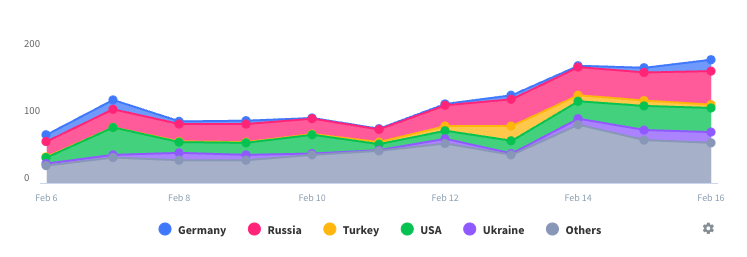Metallic Oxalates
Naturally forming crystal structure of metallic elements of the 1st and the 2nd group of the periodic table, sometimes mixed with rare transitional metals, predominantly found as Calcium, Magnesium and mostly mixed states of second and transitional metallic properties elements that exist as positively charged ions interacting with electrostatic forces of the partial negative charge of carboxylate groups of the oxalate bi polar negatively charged particles forming clouds that grow into crystal structures. When rare metal elements had been incorporated, a colourful crystals may form. In biological systems, oxalate is a metabolite that is readily transformed into oxaloacetate, a metabolite intermediate of Krebs cycle, citric acid metabolism, essentially important in differentiated cells that require constant interaction between the mitochondria, organelles of energy storage, and cytoplasm as well as nucleus, or glyxylate an important intermediate for redox reaction in oxygen reduction to peroxide, an activated oxygen that may interfere with methyl one and acetylate dynamics. Thus, accumulation of calcium oxalates would lead towards precipitation of crystals that may lead to severe disfunction of cellular processes and ultimate degenerative signal process, inflammatory response, and apoptosis. Commonly referred as kidney stones, different from phosphate amorphous accumulation, oxalate stones are more difficult for removal despite later advances and ultra sound systems for degrading and eliminating such substances in physiologically impaired organ functions. It’s amazing, however, from the perspective of metabolic evolution, and cellular physiology, to maintain enzymes expression within mitochondria. The dynamics of such transient protein complexes, as such as CADase, multifunctional underdetermined dynamic protein, being as same as ATP ase, but in different time. This paradigm of transformative and rearranging proteins called enzymes within signalling systems, denotes the fundamental importance in compartmentalisation of both dependent and independent variables. Physical characteristics of inorganic and bio organic systems based on electrostatic interaction and molecular dynamics of transient quantum mechanics systems interaction of enzyme kinetics thereafter depend on both temporal and spatial characteristics of carbon catalysis. Upon conversion of either carboxylic group to keto group of enol group, differential macro state physical properties and quantum em













